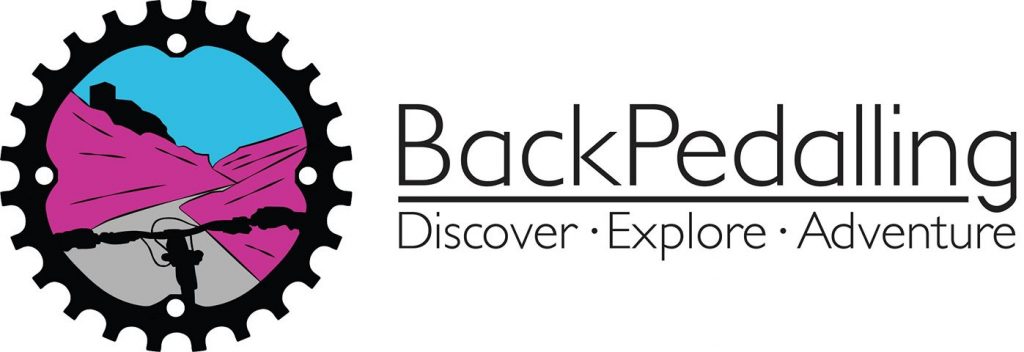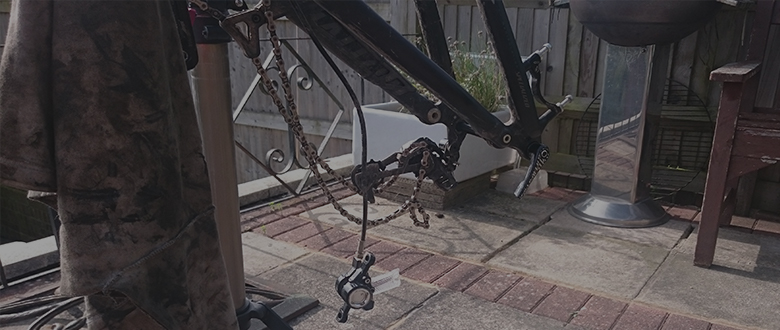The joy of disc brakes
Disc brakes are just great. Right?
Disc brakes are fantastic. Apologies to any of my road-riding chums, but they are just streets ahead of all kinds of rim brakes, for a whole host of reasons. In fact, I can’t think of a single circumstance in which rim brakes are as good, let alone better. (Actually it does, apparently, take several seconds longer to change a disc wheel than a rim-brake one. This might be important if you are competing in a professional road race). They offer better modulation in the dry, they work at all in the wet, they are less likely to get fouled with mud, they almost never need me to spend hours realigning them, they don’t care if my wheel is slightly out of true and there are no cables to stretch or get gummed up.
They make mountain biking north of Watford Gap possible. I learned this the hard way away back in the early noughties when I lived in Glasgow. My disc brake equipped riding chums all stopped when they pulled on the levers while I had to wait for my brake pads to clean the rims enough to get a purchase. On one memorable occasion, this led to me heading off-piste and into a river. Oh what fun!
Until they (don’t) brake (sorry)
I was heading home from a ride at the weekend when I heard the telltale sound of a brake pad that was past its best. There’s a particular “tink tink tink tink” noise it makes when something other than the pad contacts the rotor.
Which is why I have spent the morning sorting out my rear brake. It’s not a major faff to change pads: Pop the wheel off, take the old pads out, push the pistons back into the brake calliper and drop the new ones in. But there is always the chance that the brake will need to be bled as a result. And that is a major faff.
Modern discs use a hydraulic fluid instead of a cable. It has a lot of advantages: it’s reliable, it’s resilient and largely unbothered by anything you do to your bike short of splitting the hose. However, if air gets into the system they just stop working (ok, they feel really spongy first but that’s basically the same thing if you really need the bike to stop. Now!). So you need to purge the system of all those air bubbles.
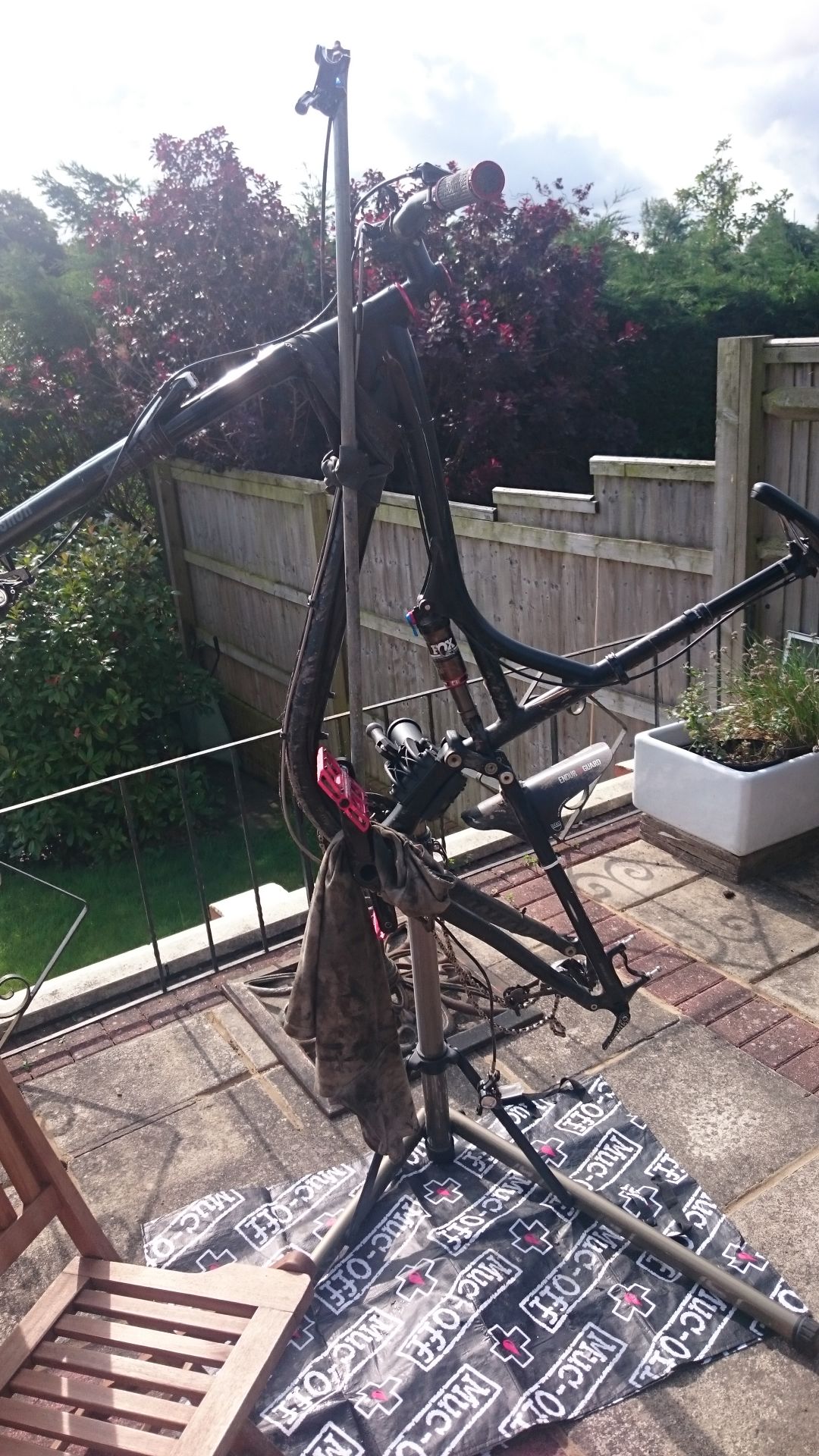
All a bit Heath Robinson?
Oh, bleeding hell!
Bleeding (as that purging process is known) requires two syringes full of fluid connected to ports in the system so you can push out the bubbles. One at each end of the system. Which is fine for the front brake. The rear: not so much. There’s only so far my arms can reach and from just above the handlebars to just below the rear hub is too far.
Which is why Mel found herself standing on a chair, holding a syringe full of brake fluid attached to the lever whilst I knelt on the floor whilst I knelt on the floor with the other attached to the calliper. Fluid was duly passed back and forth, trying desperately to spill as little as possible.
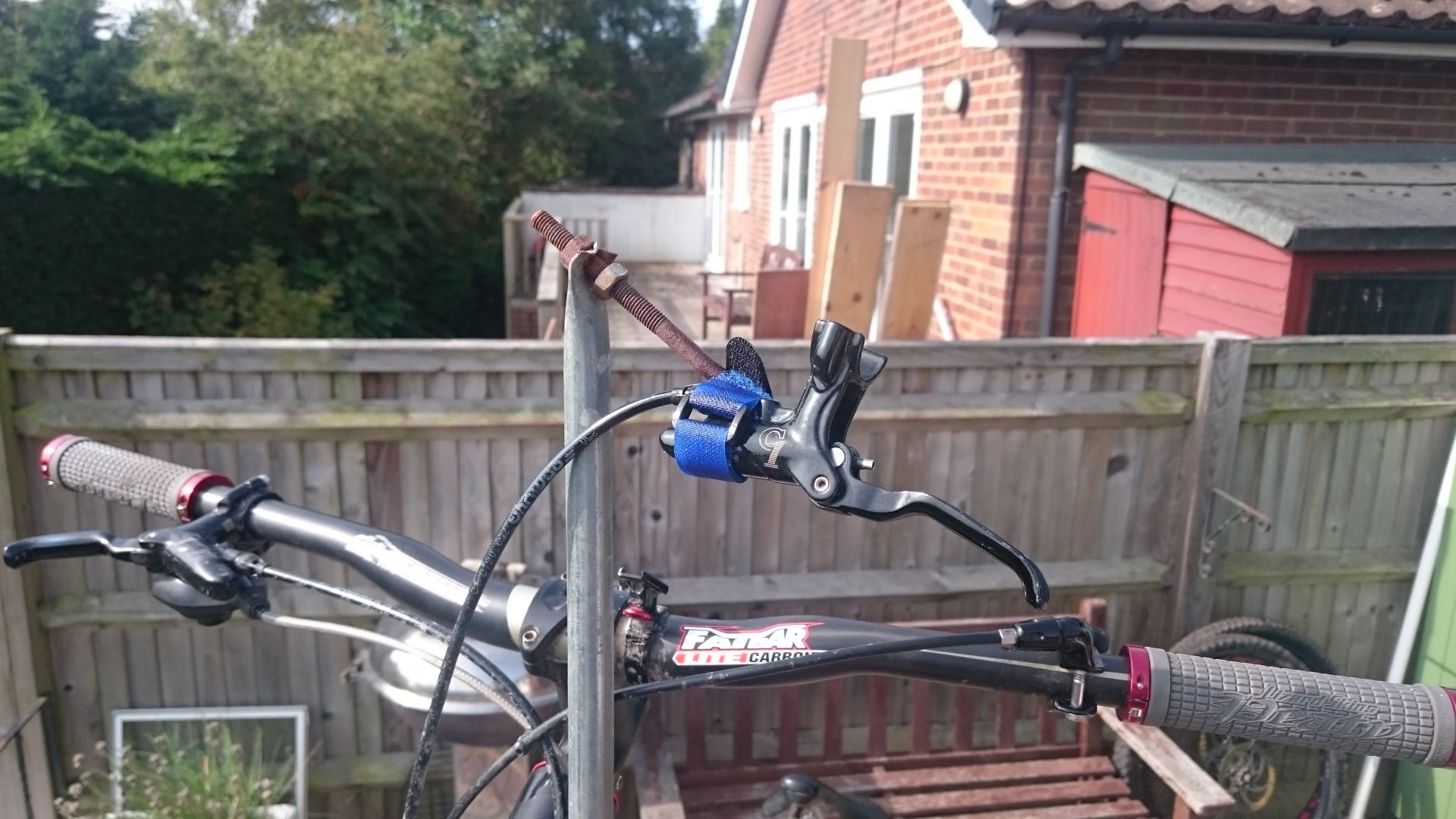
Brake lever bleed
There are several steps in the process. The final stage saw me, now standing on the chair, trying to flick the last few air bubbles out of the brake lever. Every so often I thought I’d got everything, only to have a massive bubble appear the next time I flicked it.
However, eventually it was cracked. I reassembled the bike, fitted the new pads and refitted the back wheel. This was the moment of truth: it’s hard to tell until you’ve put everything together whether the bleed has been a success. Fingers crossed. Spin the back wheel. Pull on the lever…and the wheel stops. Again: same result. Result!
Now to put everything back together again.
Now in front of an audience
The house over the road from us has been being rebuilt for the last year and a half. Over that time the builders have seen me do all sorts of strange things. They seemed to enjoy watching me do my half-hour of track stand practice every day on the drive. Today they were treated to me riding down the road and whamming on the anchors for no obvious reason, only to pedal on again and repeat the process. Then ride back up the road and do it all again. And again. And again. All this in the name of bedding in the new pads. This is the process by which you put a lot of heat into the pads to cure the surface. It’s supposed to help the pads brake better and last longer.
The truth of it is that it’s tedious and gives you arm pump. Which is no fun whatsoever.
However, the upshot is that, only a couple of hours after getting the bike out of the shed, it’s got a spanky newly set up back brake. And that’s worth it.
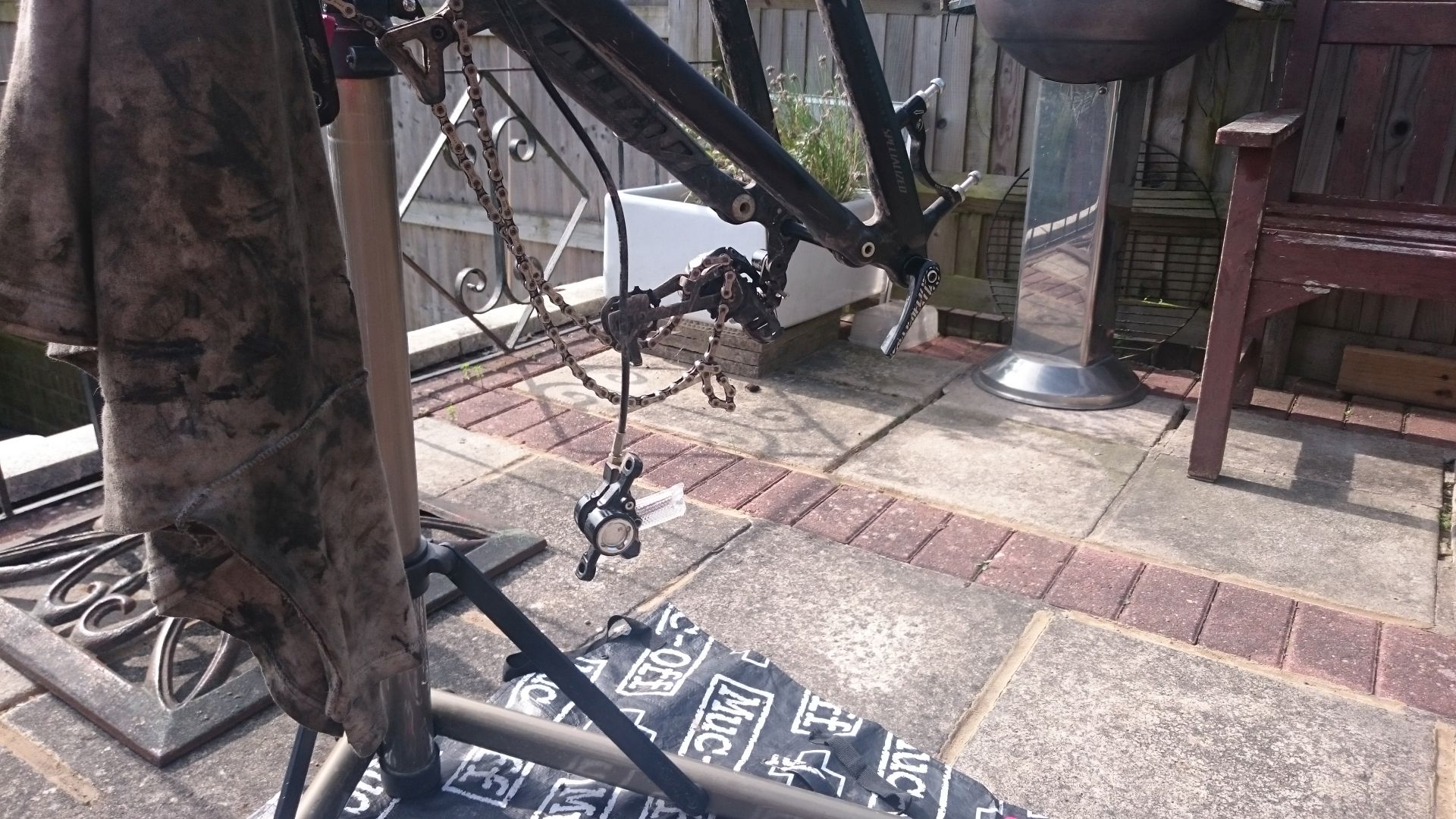
Rear brake bleed
So, is it all worth it?
Yes.
It might be a pain, but it’s not really that much more of a pain than doing a similar job on the road bike. And it’s totally worth it for brakes that I know are going to work when I pull on the levers.
Brakes that work are a big part of making sure my bike is ready to take people out.
Oh, and that “tink tink tink tink” noise? That’s why I carry a spare set of pads when I go out riding.
